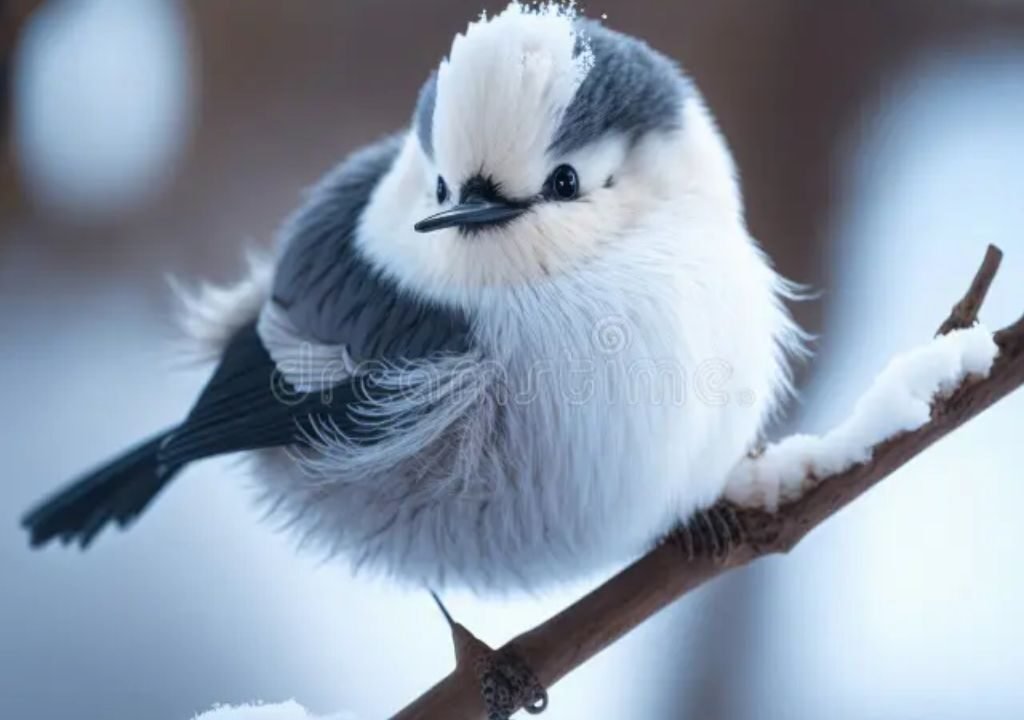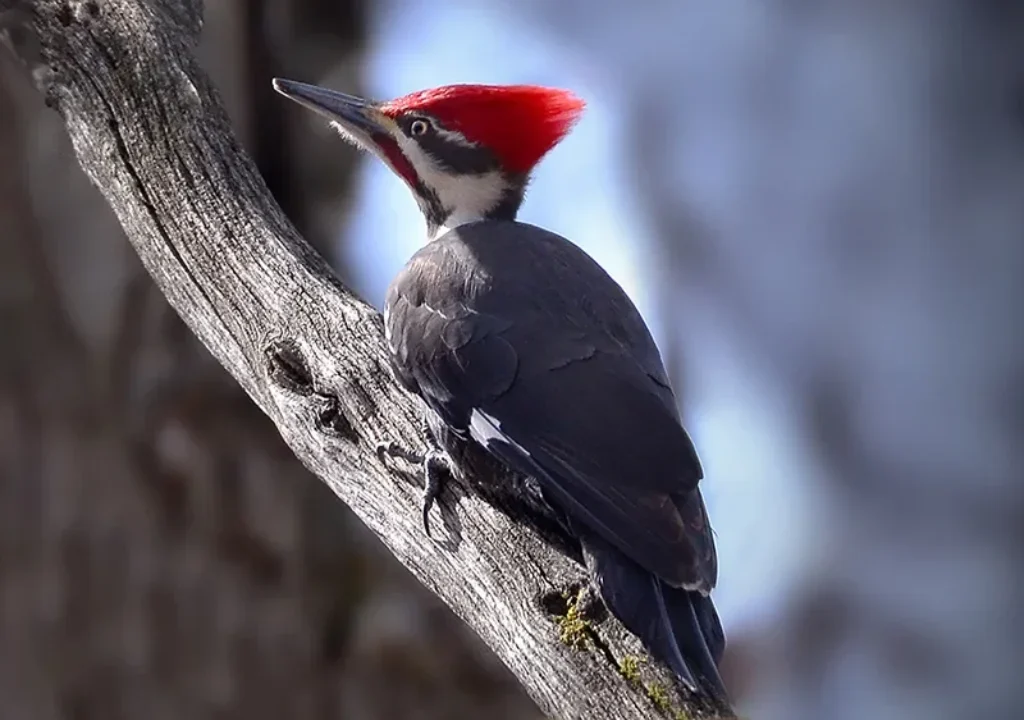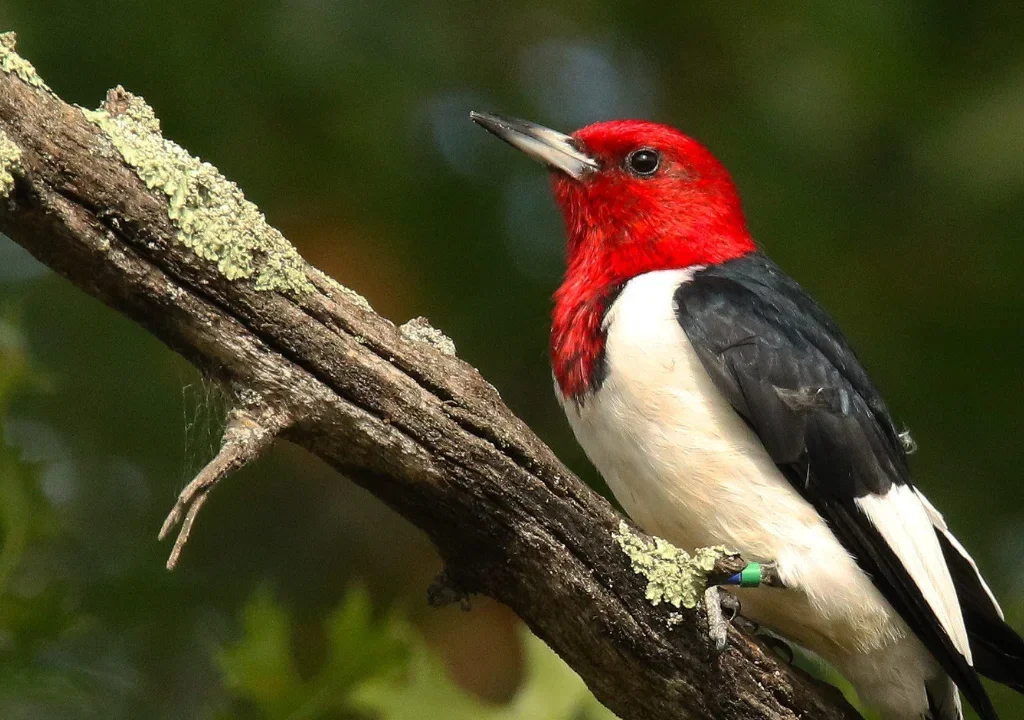
Have you ever seen a bird so fluffy and adorable that it looks like a living cotton ball? Meet the Shima Enaga, one of the most beloved and photogenic birds in the world. This remarkable subspecies of the long-tailed tit has captured hearts across the globe with its irresistibly cute appearance and charming behavior. Native to Hokkaido, Japan, the Shima Enaga has become an internet sensation and a must-see wildlife attraction for nature enthusiasts visiting Japan.
The Shima Enaga (Aegithalos caudatus japonicus) stands out among birds for its pure white head, fluffy round body, and endearing social nature. Often called “snow fairies” by locals, these tiny birds embody everything magical about Japan’s winter wonderland. Whether you’re a bird watching enthusiast, wildlife photographer, or simply someone who appreciates nature’s cutest creations, understanding the Shima Enaga will deepen your appreciation for this extraordinary species.
What Makes the Shima Enaga So Special?
Physical Characteristics That Steal Hearts
The Shima Enaga is instantly recognizable thanks to its distinctive features that set it apart from other long-tailed tit subspecies. Measuring approximately 14 centimeters (5.5 inches) in length, including their characteristically long tail, these birds are small but incredibly striking.
Key Physical Features:
- Pure white head: Unlike other long-tailed tit subspecies, the Shima Enaga boasts a completely white head
- Fluffy, round body: Their dense, downy feathers create an almost spherical appearance
- Black button eyes: Small, dark eyes that contrast beautifully with their white faces
- Pink eyelids: Delicate pink markings around their eyes add to their charm
- Tiny triangular black beak: Perfect for their insectivorous lifestyle
- Long, narrow tail: Makes up nearly half of their total body length
The “Cotton Ball” Phenomenon
What truly makes the Shima Enaga extraordinary is their ability to fluff up their feathers, creating an almost perfectly round, cotton ball-like appearance. This adaptation helps them maintain body heat during Hokkaido’s harsh winters, but it also creates one of nature’s most photogenic moments.
Natural Habitat and Distribution
Where to Find Shima Enaga Birds
The Shima Enaga primarily inhabits the northern island of Hokkaido, Japan, though they can be found throughout the broader Palearctic realm. These resilient birds have adapted perfectly to cold climates and can be spotted in various environments across Hokkaido.
Preferred Habitats:
- Deciduous and mixed forests: Particularly oak, ash, and sycamore woodlands
- Mountain regions: High-altitude areas with dense tree coverage
- Urban parks and gardens: Especially those with mature trees
- Scrubland and heathland: Areas with scattered trees and bushes
- Riverine woodlands: Forest areas near water sources
Seasonal Habitat Preferences
During winter months, Shima Enaga birds remain highly territorial, protecting their habitats across Hokkaido’s snow-covered landscapes, while females may wander into neighboring territories between spring and autumn as males stay closer to their winter grounds.
Diet and Feeding Behavior of Shima Enaga
What Do Shima Enaga Birds Eat?
The Shima Enaga is insectivorous throughout the year, eating predominantly arthropods and preferring eggs and larvae of moths and butterflies, supplementing their diet with vegetable matter.
Primary Diet Components:
- Insects and spiders: Their main food source year-round
- Moth and butterfly eggs: Particularly favored during breeding season
- Seeds and berries: Important winter supplements
- Tree sap: Provides essential nutrients and energy
- Small invertebrates: Found on branches and bark
Unique Foraging Techniques
The Shima Enaga is sometimes referred to as the Silver-throated dasher because they dash from tree to tree and among low-lying shrubs, even hanging upside down while probing for insects, seeds, berries, or any of their preferred foraged feed. Their acrobatic feeding style is both practical and entertaining to watch.
Feeding Behaviors:
- Acrobatic movements: Hanging upside down from branches
- Social foraging: Feeding in groups for better efficiency
- Branch probing: Searching bark crevices for hidden insects
- Aerial catching: Snatching insects during short flights
Hydration Habits
Water is also an important part of their diet, as Shima Enaga birds drink from puddles, streams, and dewdrops on leaves, and in winter, they may eat snow to stay hydrated when liquid water is frozen.
Social Behavior and Flock Dynamics
The Magic of Shima Enaga Flocks
One of the most enchanting aspects of observing Shima Enaga birds is their highly social nature. These birds demonstrate remarkable community behavior that has fascinated ornithologists and bird watchers alike.
Flock Characteristics:
- Group size: Typically 20-30 individuals per flock
- Mixed age groups: Young and adult birds learn from each other
- Cooperative behavior: Shared knowledge about food sources and dangers
- Communication: Constant high-pitched calls to maintain group cohesion
This mix of young and old helps everyone learn and pass on traditions, making the group better at surviving together.
Communication and Calls
The Shima Enaga’s high-pitched calls are often heard before the birds are seen. Their vocalizations serve multiple purposes:
- Location calls: Keeping the flock together
- Alarm calls: Warning of predators
- Contact calls: Maintaining social bonds
- Feeding calls: Alerting others to food sources
Breeding and Reproduction
Shima Enaga Nesting Behavior
Shima Enaga breeding occurs in the spring on the island of Hokkaido, Japan. Their reproductive behavior showcases remarkable engineering skills and parental dedication.
Breeding Season Details:
- Timing: Primarily spring months (April-June)
- Nest construction: Elaborate, dome-shaped structures
- Materials: Moss, lichen, spider webs, and feathers
- Location: Usually 2-6 meters high in tree forks
- Clutch size: Typically 7-12 small white eggs
Parental Care and Development
Both parents participate actively in raising their young:
- Incubation period: Approximately 12-14 days
- Feeding frequency: Parents make hundreds of feeding trips daily
- Fledging: Young birds leave the nest after 14-18 days
- Family groups: Often remain together through winter
Why Shima Enaga Birds Have Become Internet Famous
Social Media Sensation
The Shima Enaga has achieved unprecedented popularity on social media platforms, earning millions of views and shares worldwide. Several factors contribute to their viral status:
Reasons for Popularity:
- Photogenic nature: Every angle captures their cuteness
- Seasonal timing: Most visible during picturesque winter months
- Accessibility: Found in parks and accessible locations
- Behavioral charm: Entertaining acrobatic movements
- Emotional appeal: Evokes protective and nurturing responses
Cultural Impact in Japan
In Japan, the Shima Enaga has become more than just a bird – it’s a cultural phenomenon:
- Merchandise: Featured on everything from clothing to accessories
- Tourism boost: Attracts visitors specifically to Hokkaido
- Photography tours: Specialized tours for capturing these birds
- Conservation awareness: Increased interest in bird protection
Best Places and Times to Spot Shima Enaga
Prime Viewing Locations in Hokkaido
Top Shima Enaga Spotting Locations:
- Maruyama Park, Sapporo: Urban location with reliable sightings
- Nopporo Forest Park: Large natural habitat with diverse wildlife
- Lake Akan area: Scenic location combining multiple bird species
- Kushiro Wetlands: Wetland ecosystem with rich biodiversity
- Daisetsuzan National Park: Mountain forests ideal for nature photography
Optimal Viewing Conditions
Best Times to See Shima Enaga:
- Season: November through March (winter months)
- Time of day: Early morning (7-10 AM) and late afternoon (3-5 PM)
- Weather: Clear, calm days after snowfall
- Temperature: Cold days when birds are most active
Photography Tips for Shima Enaga
Professional Photography Advice:
- Equipment: Long telephoto lens (300mm or longer)
- Settings: Fast shutter speed to capture movement
- Patience: Allow time for natural behavior
- Respect: Maintain safe distance to avoid disturbing birds
- Timing: Golden hour lighting for best results
Conservation Status and Environmental Challenges
Current Conservation Status
While the Shima Enaga is not currently considered endangered, they face several environmental challenges that require monitoring and conservation efforts.
Conservation Concerns:
- Climate change impacts: Affecting insect populations and food sources
- Habitat loss: Urban development reducing suitable nesting areas
- Tourism pressure: Increased human activity in sensitive areas
- Weather extremes: Harsh winters affecting survival rates
Climate Change Effects
Climate change is causing some insect populations to decline due to warmer temperatures, making it harder for Shima Enaga to find food. This environmental pressure highlights the importance of conservation efforts.
How to Support Shima Enaga Conservation
Individual Actions
Ways to Help:
- Responsible tourism: Follow ethical wildlife viewing guidelines
- Support conservation organizations: Donate to bird protection groups
- Habitat preservation: Support forest conservation initiatives
- Education: Share knowledge about these remarkable birds
- Citizen science: Participate in bird counting programs
Photography Ethics
When photographing Shima Enaga:
- Maintain distance: Use long lenses instead of approaching closely
- No baiting: Avoid using food to attract birds
- Respect nesting areas: Stay away during breeding season
- Follow local guidelines: Adhere to park rules and regulations
- Share responsibly: Avoid revealing specific nest locations
The Future of Shima Enaga Birds
Research and Monitoring
Ongoing scientific research continues to reveal new insights about Shima Enaga behavior, ecology, and conservation needs. Current studies focus on:
- Population monitoring: Tracking flock sizes and distribution
- Behavioral studies: Understanding social dynamics and communication
- Climate adaptation: How birds respond to environmental changes
- Genetic research: Subspecies relationships and evolution
Conservation Outlook
The future of Shima Enaga populations depends on continued conservation efforts and environmental protection. Positive trends include:
- Increased awareness: Growing public interest in bird conservation
- Tourism benefits: Economic incentives for habitat protection
- Research funding: More resources devoted to study and protection
- International cooperation: Global interest in preserving these unique birds
Frequently Asked Questions About Shima Enaga
About the Author:
Hi, I'm Emilia! I've been passionate about sharing valuable pet care insights for over 10 years, and I love helping fellow pet owners provide the best care for their furry companions. My goal is to make pet care information accessible and helpful for everyone. Please remember to always consult your veterinarian before implementing any health advice or treatments for your pet.

